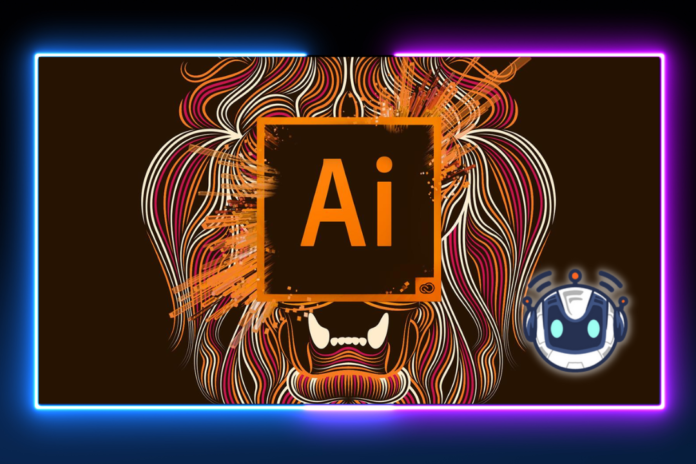The Complexity of Adobe’s Use of Photos for AI Training
If you’re thinking about adding Artificial Intelligence to your photo editing program, you might be wondering how the process works. In this article, you’ll learn about some of the more common AI features that you can find in Photoshop, and how you can use them to enhance your photographs. You’ll also learn about how Adobe’s Content Authenticity Initiative (CAI) can help you to prevent the spread of misinformation.
Photoshop’s AI-enabled selection tools feature highlights the obvious objects in your image
Adobe Photoshop has added a new AI-assisted selection tool to the desktop and web versions. This feature is designed to speed up the selection process while helping identify the subject in your image. Select Subject uses machine learning to identify objects in the image.
Select Subject is available in the Select and Mask workspace. The tool is powered by Adobe Sensei technology. It uses AI to make recommendations based on your work.
Select Subject is designed to select elements faster than the Pen Tool and Magic Wand. It works with multiple subjects in a single scene.
To use the tool, hover your mouse over the object you want to select. An overlay will appear with a blue outline around the object. Click on the highlighted object to select it.
You can also use the Object Selection tool to find and select an object in a complex image. By recognizing the edges and regions of the object, the tool can remove unwanted people, background and other components.
Computational photography uses digital software to enhance photography
Computational photography is a technique that uses digital software to enhance photography. This process can help you create beautiful 3D images, improve focus, remove blemishes, and even adjust the background for a portrait shot.
While computational photography has been around for several years, the market has seen considerable growth in the past few years. Smartphone manufacturers have taken advantage of the newer image processing techniques. The technology has allowed ordinary users to create stunning portraits with their phones.
The market for computational photography is driven by three key factors: increasing demand for collaborative robots, the availability of artificial intelligence, and the proliferation of mobile devices. As smartphones continue to advance, they will be able to produce more creative results.
One example of computational photography is the HDR+ mode in the Nexus 5. The mode automatically combines over- and under-exposed images to achieve a more dynamic image.
Another example of computational photography is the use of multiple sensors to capture a 3D scene. The camera can then manipulate depth of field and focus after the shoot.
False images can be created with AI technology
Artificial intelligence (AI) technology has been used to create false videos. These “deepfakes” are made by artificial intelligence replacing a person’s likeness in a video or audio. They are highly convincing and can spread disinformation.
A deep fake can be created by a system that combines a video or audio with a series of text commands. The software then creates a realistic-looking photo or video. Some companies have developed systems that can recognize common objects and images.
Nvidia, a giant computer chip maker, is investing heavily in artificial intelligence research. One of its systems analyzes celebrity photos. Using these systems, the researchers can create realistic-looking images of common objects. This can be useful for special effects, games and even personal relationships.
Another application of AI technology is text-to-image generation. It uses artificial intelligence to create new media, such as realistic-looking images of celebrities or fictional characters. However, these systems raise questions about their commercial use.
Adobe’s Content Authenticity Initiative (CAI) helps curb misinformation
Adobe’s Content Authenticity Initiative (CAI) is a community of over 750 companies and organizations that has launched a project to combat misinformation online. The initiative aims to provide consumers with information about the provenance of digital content. Using an open industry standard, CAI hopes to establish a chain of custody to ensure that online media is original.
CAI is led by Adobe and includes a variety of hardware and software makers, newsrooms, and hardware manufacturers. Its first project, Project Origin, seeks to mitigate the spread of disinformation in the digital news ecosystem. This project has now been expanded to include a new collaboration with Respeecher, a company that is interested in democratizing verification of media product (VMP).
CAI is also working on Project Verify, an AI-powered website that will allow users to search for and verify the provenance of digital content. In addition to verifying that an image was created by human beings, Verify will also allow consumers to see information about where it was published and how it was made.


